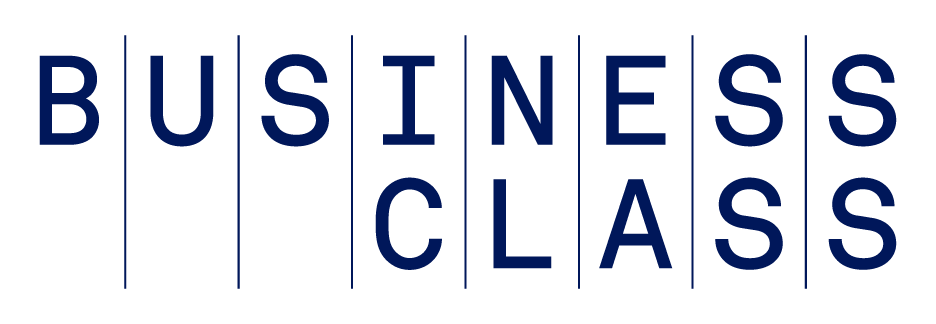Brands across a wide spectrum of industries have seen an uptick in demand for digital customer service. In response, some have turned to AI and machine learning technologies like chatbots, which can help satisfy a spike in digital customer service demand and offer optimized, consistent customer service.
“Most critical today is having empathy with customers while reducing the friction and expense of customer experience operations,” says Tim Hayden, president and managing director of Brain+Trust Partners, a firm specializing in creating frictionless customer experiences.
How Chatbots Can Optimize Customer Service
Alex Azoury, founder and CEO of Home Grounds, a community for baristas, turned to chatbots in response to an increase in customer service demand. It also helped the business reduce operational costs.
Instead of having to upgrade their call center plan, the company is saving money and better serving customers by using chatbots.
“Chatbots help us filter customer concerns that need our immediate attention from those that only require chatbots,” says Azoury.
Once Home Grounds had developed a chatbot to address common customer concerns, their call center volume was reduced by almost half. Now Azoury and his team route the cash they've saved towards other critical business operations.
Rather than just investing in a solution because it involved machine learning and automation, audit your current business processes and operations to understand where time can be saved, then search for solutions to fill those gaps.
—Tim Hayden, president and managing director, Brain+Trust Partners
Home Grounds also sees future customer experience improvements on the horizon.
“We’re planning to upgrade our chatbot features by integrating a notification feature that alerts users when there is new content on our site,” says Azoury.
Using Chatbots to Lower Bounce Rates and Inform UX Redesign
Other businesses can start exploring tech-based solutions in the same way, says Hayden.
“Rather than just investing in a solution because it involved machine learning and automation, audit your current business processes and operations to understand where time can be saved, then search for solutions available to fill those gaps,” he advises.
Dan Bailey, president of professional lawn care marketplace Wikilawn, used chatbots to improve site performance. With more traffic coming to the site during the pandemic, the company noticed bounce rates on the rise. Bailey needed a way to catch site visitors who were leaving because they weren't finding what they needed or were frustrated with site navigation.
"The bot we use waits for the browser to become idle before popping up," says Bailey. "It asks [the visitor] if they need assistance, then goes through a database to help them find what they need."
Since activating chatbots, Wikilawn's bounce rates have dropped roughly 30 percent. Additionally, conversions have increased approximately 8 percent. Beyond those numbers, Wikilawn is using machine learning and AI to improve its overall user interface and site visitor experience.
“The data gathered by the chatbot has been especially useful to our web designer,” says Bailey. "She's been able to make a comprehensive plan to improve user experience."
Beyond Chatbots: Diving Deeper into AI and Machine Learning
When transactions are down, that can be a prime time to build a plan for ramping up using new technology, Hayden says.
“This is a great opportunity to put new Key Performance Indicators [KPIs] into service to keep everyone in your organization marching to the same beat,” he says. “There are a number of CRM plugins and analytical tools that use machine learning to evaluate the correlation between sales revenue, costs of sales conversions, conversion rates, number of new and repeat customers, customer churn rate, and other data points that can help you.”
In the end, machine learning and AI can only aid customer service and retention efforts based on available data. Proactive companies take time to regroup and assess their data, so they can cut costs, streamline services, and ramp up operations.
To get your business started using AI and machine learning beyond customer service, Hayden advises having each business unit document their tasks and daily order of operations.
"This can help identify where software and machine learning can achieve those tasks, freeing up the human teams to build new revenue streams, better communications, and otherwise strategize on diversifying how your business operates," he says.
Photo: Getty Images






